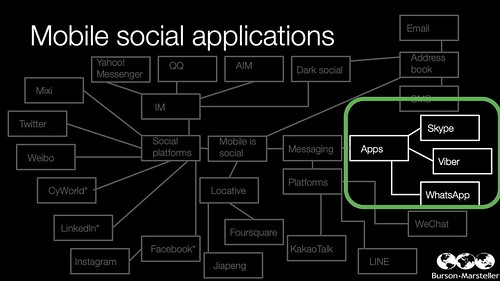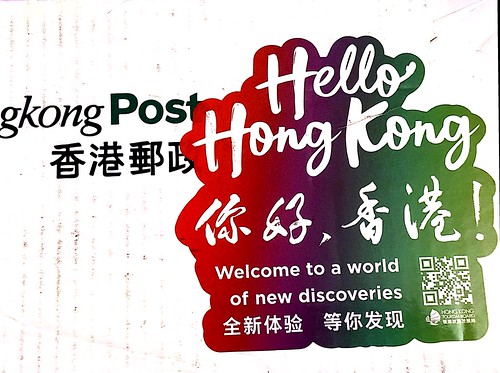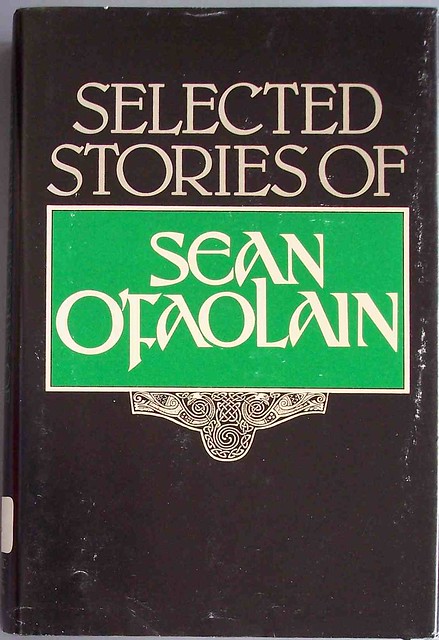Switching off
Switching off as a choice is a relatively new phenomenon. A few blogposts ago I talked about how consumer internet usage started for me 25 years ago. Back then going online was an active choice. In my case I would have to travel to an internet café. Later I would have to dial-in to an ISP or log into a wi-fi network.
Confluence of always-on elements
Wireless home broadband allowed seamless connectivity around the house or the workplace. The next thing that changed was laptop battery battery life improved to the point that one could realistically work for a 8 hours on writing or emailing at a conference or coffee shop without a power cable. Social media became a thing, first it was a positive influence, but gradually it had a more complex social impact.
Finally there was smartphones. Nokia, BlackBerry, Palm and Microsoft smartphone attempts gave way to a duopoly of Apple and Alphabet’s respective eco-systems. I went back to an old presentation that I did a number of years ago. Here’s a chart from it, that I pulled together of publicly available active user numbers by time from December 1997 to April 2016.
The dramatic take off in Gmail email accounts in 2011 and beyond is down to the rise of the Android operating system. By 2013, smartphone users were engaged by a series of compelling always-on applications to counter switching off.
Switching off became important. ‘Crackberry‘ – a light hearted take on smartphone addiction and an ability to turn off peaked as a thing as far back as September 2009 according to Google Trends. 12 months later the Crackberry book advised us on how to put down our smartphones. Four years later, the self-help books became more strident in their exhortations: Put Down Your Damn Phone Already: A (loving) rant about your obnoxious cellphone use being a case in point.
The biggest concerns now, seems to be about two things where correlation if not causality supports beliefs about:
- The mental toll that being always-on takes on those not being able to switch off: Social Media Use and Depression and Anxiety Symptoms: A Cluster Analysis
- The concern about possible developmental impact that being always-on could have for children – Unesco Calls for Global Ban on Smartphones in Schools – Slashdot
From a professional perspective and increasingly a personal perspective, consumers have become smartphone human cyborgs.
Class as a determinant of switching off
Switching off is also about culture and behaviour. A discussion that I had with a friend about phones being turned off and put in a box before a night at the opera, reminded me of how ‘class’ in its widest sense can be one of the biggest determinants of switching off. You see it in homes that put phones away before a family dinner, or cinema-goers who are happy to turn their phone off before the main feature starts.
The bulk of people may have the devices as always-on pacifiers. This quietens children and is seen as a continued source of confidence and validation rather than switching off.
Secondly, we’re also seeing a small proportion of people choosing to use feature phones as a way of disconnecting. This might happen all the time or at the weekend, when they don’t want to be bothered by Microsoft Teams and WhatsApp messages.
How not to influence behaviour
EE Phonesmart – how not to design a PSA website
China
Politics crippling innovation: China notes, July ’23: on technological momentum | Dan Wang
Culture
Jamie Morgan on the next-gen of Buffalo kids – The Face – Buffalo will never die
Economics
How Saudi Arabia is buying the world – New Statesman – the unlikely links of Saudi Arabia and DC’s fictional country of Wakanda
Energy
Will there be enough cables for the clean energy transition? | Financial Times
FMCG
Why Rajiv Jain is betting on an Indian yoga televangelist | Financial Times – plans on growing market share rather than margin share for Patanjali Foods could put pricing pressure on Hindustan Unilever and Nestlė India
Bubble tea, probably the biggest FMCG breakout in the past decade and its convoluted origin.
How to
Gwern on ‘How to search’ – how to make Google work harder for you
Japan
In France, Japonisme has turned into Japanmania – The Japan Times
In America, “Barbenheimer” is a success. In Japan, it’s a scandal.
How homogeneous is Japan really? (repost) – by Noah Smith
Korea
Tech cold war: South Korea pivots from China to US | Financial Times
Luxury
Aspirational shoppers are cutting back. What next? | Vogue Business – also notable for a new acronym that I hadn’t heard before HENRYs (high earning, not rich yet)
Media
Streaming and podcasts are the most popular audio media formats | WARC
Online
The world’s last internet cafes – Rest of World – Internet cafes were more than just places to log on. They emerged in the waning years of the 20th century — a post-Cold War moment full of techno-optimism. Sharing a global resource like the internet “was going to bring different people in different cultures together in mutual understanding,” historian and author Margaret O’Mara told Rest of World. It was an era in which, both physically and digitally, “people were moving across borders that before were very difficult, if not impossible, to cross.”
Security
City investors putting UK security at risk over ESG, ministers warn | Financial Times – the capitalists won’t even buy the rope to hang themselves
Software
Bloomberg on ethics in technology companies and artificial intelligence.
Technology
SK Hynix and Samsung’s early bet on AI memory chips pays off | Financial Times
Intel’s AI bullishness shows its anxiety on catching Nvidia | Quartz
Telecoms
Software engineers dedication to getting Taylor Swift Tickets – Blind – judicious use of VPN connection









